How Innovations in Mooring Chock Design are Contributing to the Safety and Efficiency of Maritime
The marine industry, which is constantly evolving and technologically advanced, has seen substantial innovation in recent years, particularly in the design of mooring chocks. These inconspicuous components are important to guaranteeing vessel safety and stability during mooring operations. This article explores the cutting-edge innovations in mooring chock design, highlighting how these advancements are transforming the landscape of maritime safety and efficiency.
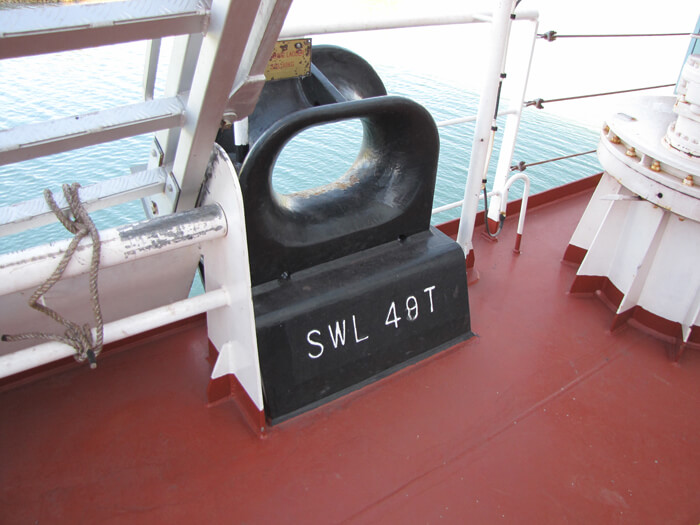
The Significance of Innovations in Mooring Chock Design
Traditional Challenges in Mooring Operations
Mooring chocks have traditionally been an essential tool for mooring vessels during port calls. Traditional systems, on the other hand, encountered issues such as wear and tear, corrosion, and difficulty accommodating different rope diameters and angles. Innovators in the maritime industry have responded to these issues by developing cutting-edge solutions that exceed the constraints of traditional chock designs.
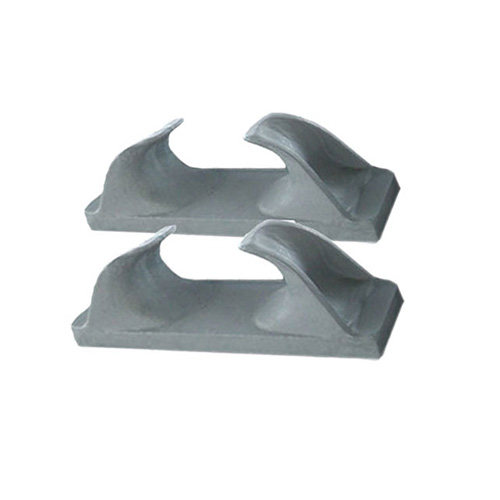
The Vital Role of Mooring Chocks in Maritime Safety
Mooring chocks are crucial shipboard devices that provide sturdy locations for mooring lines to be attached. Their design directly influences the safety, efficiency, and reliability of mooring operations, impacting everything from routine docking to emergency situations.
Functionality of Mooring Chocks
| Function | Description |
| Secure Berthing: | Preventing Abrasion: Mooring chocks secure vessels in place, preventing drift during berthing. |
| Distributed Load: | Reducing Stress: Distributes the load evenly on the hull, reducing stress on specific areas. |
| Controlled Movement: | Mitigating Swinging: Controls the movement of the vessel, preventing excessive swinging. |
Importance in Maritime Safety
| Importance | Safety Benefits |
| Prevention of Accidents: | Reduced Drift: Prevents vessels from drifting uncontrollably during berthing, reducing the risk of collisions. |
| Minimization of Hull Stress: | Even Load Distribution: Ensures even load distribution on the hull, minimizing stress and potential structural damage. |
| Controlled Movement: | Enhanced Maneuverability: Provides controlled movement, enhancing maneuverability during mooring operations. |
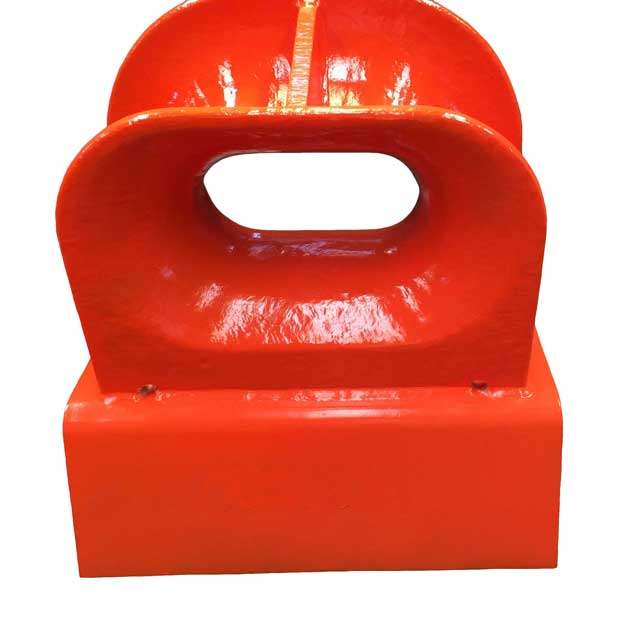
Latest Advancements in Mooring Chock Design
Innovations in marine chock design are driven by the need to enhance performance, durability, and adaptability to diverse maritime conditions.
1. Advanced Materials for Increased Durability
Mooring chocks, which were traditionally made of metals such as steel, are now benefiting from the development of new materials. High-strength metals, stainless steel, and corrosion-resistant composites are being used to improve the durability and service life of chocks. These materials provide improved resilience to hostile marine environments, lowering maintenance requirements and increasing overall durability.
2. Streamlined Shapes for Reduced Wear and Tear
Innovations in mooring chock design include streamlined forms that save wear and strain on both the chocks and the mooring lines. These aerodynamic designs reduce friction and stress points, resulting in longer-lasting chocks and increased safety during mooring operations. Reduced wear also leads to cheaper maintenance expenses for vessel operators.
3. Adjustable and Modular Configurations
Recognizing the range of vessel types and mooring setups, designers are including customizable and modular features into chocks. Adjustable marine mooring chock designs accommodate various rope sizes and angles, providing flexibility during mooring operations. This adaptability ensures a secure and tailored fit for different vessels, contributing to improved efficiency and safety.
4. Integrated Load Monitoring Systems
Marine mooring chocks are evolving into smart components with the integration of load monitoring systems. These systems use sensors to measure the tension and strain on mooring lines in real-time. The data provided by these sensors enables ship operators to monitor the forces acting on the chocks, allowing for proactive maintenance and ensuring the structural integrity of the mooring system.
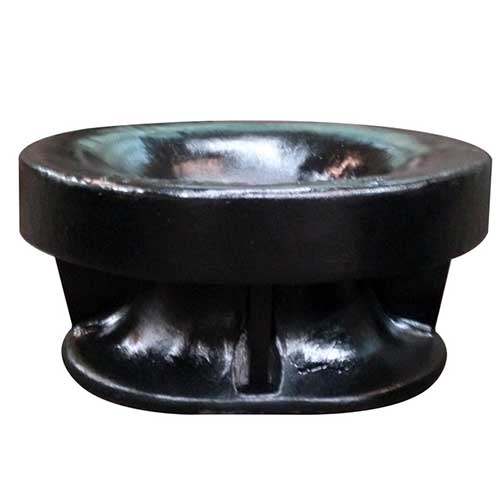
5. Automated Tensioning and Release Mechanisms
Automation is making an impact on mooring chock design by including automated tensioning and release systems. These devices provide exact control over mooring line tension, which streamlines the mooring operation. Automated release devices enable rapid and controlled disengagement, increasing safety during vessel departure.
6. Energy Absorption Capabilities
In response to the dynamic forces experienced during mooring events, some innovative chock designs incorporate energy-absorbing features. These chocks act as shock absorbers, dissipating and managing the energy generated by sudden vessel movements. The result is a safer and more controlled mooring operation, reducing the risk of damage to both vessels and infrastructure.
7. Environmentally Friendly Chock Designs
Sustainability is becoming more prominent in marine activities, and mooring chock design is no exception. Eco-friendly materials and production techniques are among the innovations, which coincide with the industry’s goal to minimize its environmental footprint. Sustainable chock designs help to promote responsible and environmentally conscientious nautical activities.
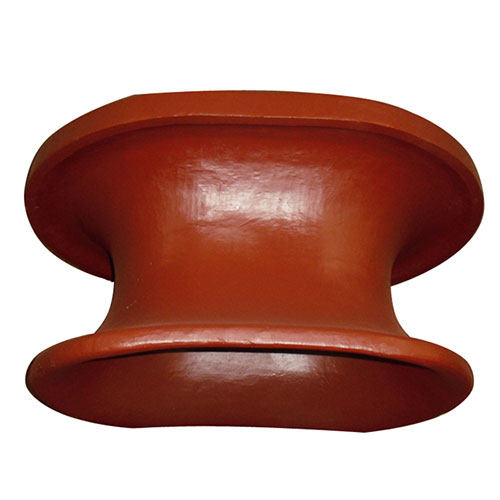
Conclusion
Innovations in mooring chock design are transforming how vessels are secured in ports and anchorages. The use of sophisticated materials, streamlined shapes, adaptability, and smart technologies improves the safety, efficiency, and sustainability of maritime operations. As these innovations continue to evolve, marine mooring chocks are set to play an increasingly sophisticated role in ensuring the smooth and secure mooring of vessels in the dynamic world of maritime commerce.


